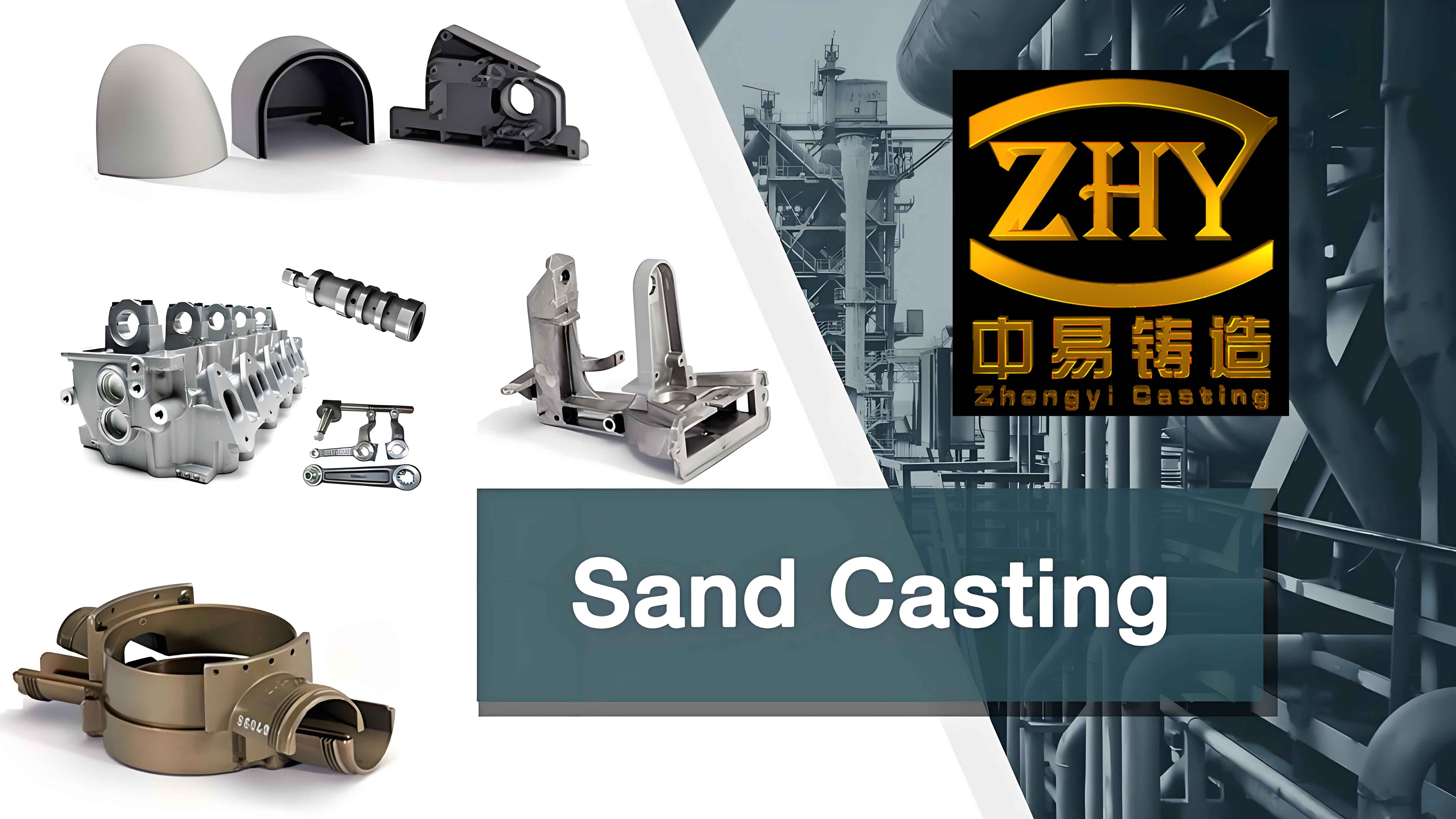This paper presents a systematic approach to developing coated sand casting technology for high-precision export sand casting parts, specifically addressing front suspension brackets. Through rigorous experimentation and production validation over three years, we established an optimized process flow that achieves surface roughness Ra 6.3-12.5 μm and dimensional accuracy CT6-9 grade.

1. Technical Requirements Analysis
The front suspension bracket, a critical safety component in heavy vehicles, demands exceptional quality in three aspects:
| Parameter | Specification |
|---|---|
| Material | QT450-10 |
| Dimensions | 720×490×340 mm |
| Wall Thickness | 6 mm (min) |
| Surface Roughness | Ra 6.3-12.5 μm |
| Dimensional Tolerance | ±0.50 mm |
2. Coated Sand Casting Process Design
The casting process employs horizontal parting with single-cavity molds, featuring these key parameters:
$$ F_{\text{sprue}} : F_{\text{runner}} : F_{\text{gate}} = 1.2 : 1.6 : 1 $$
| Component | Cross-section (cm²) | Flow Rate (kg/s) |
|---|---|---|
| Sprue | 12.8 | 4.2 |
| Runner | 17.2 | 5.6 |
| Gate | 10.7 | 3.5 |
Chilling design follows the modified Chvorinov’s rule for thin-wall sand casting parts:
$$ t_{\text{solidification}} = k \left( \frac{V}{A_{\text{cooled}}} \right)^n $$
where k = 2.8 min/cm² and n = 1.25 for coated sand molds.
3. Mold Design Optimization
| Parameter | Value |
|---|---|
| Mold Material | HT200 |
| Coated Sand Thickness | 15-20 mm |
| Shrinkage Allowance | 0.9-1.2% |
| Mold Preheat Temperature | 220-250°C |
4. Production Process Control
Key parameters for manufacturing sand casting parts:
| Process Stage | Control Parameter | Value |
|---|---|---|
| Melting | Pouring Temperature | 1360-1390°C |
| Mg Residual | 0.03-0.05% | |
| RE Residual | 0.02-0.045% | |
| Inoculation | Primary Inoculant | 75% FeSi |
| Late Inoculation | 0.15-0.25% |
5. Quality Verification
Mechanical properties achieved for sand casting parts:
$$ \sigma_b \geq 450 \text{ MPa}, \quad \delta \geq 10\% $$
| Defect Type | Occurrence Rate | Control Method |
|---|---|---|
| Surface Defects | <1.2% | Optimized Coating Thickness |
| Internal Porosity | <0.8% | Vacuum Assisted Pouring |
| Dimensional Deviation | <0.4% | Precision Mold Design |
6. Economic Analysis
The coated sand process demonstrates significant advantages for producing export sand casting parts:
$$ \text{Cost Saving} = \frac{C_{\text{resin}} – C_{\text{coated}}}{C_{\text{resin}}} \times 100\% = 35\% $$
| Parameter | Coated Sand | Resin Sand |
|---|---|---|
| Sand-Metal Ratio | 1.3:1 | 3:1 |
| Reclamation Rate | 92% | 65% |
| Energy Consumption | 18 kW·h/pc | 27 kW·h/pc |
This comprehensive approach to coated sand casting technology ensures reliable production of high-quality export sand casting parts with improved dimensional accuracy and surface finish while maintaining competitive manufacturing costs. The developed process parameters and quality control methods provide valuable insights for similar thin-wall casting applications in automotive components.
